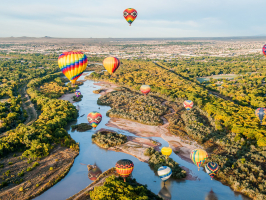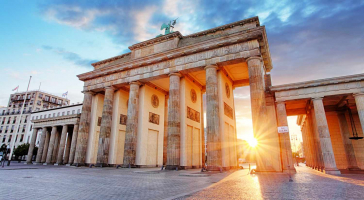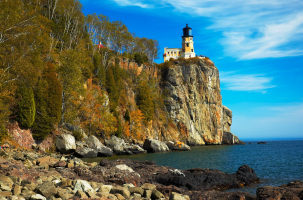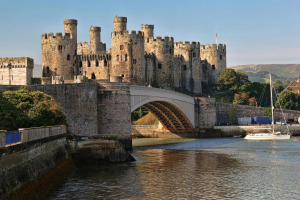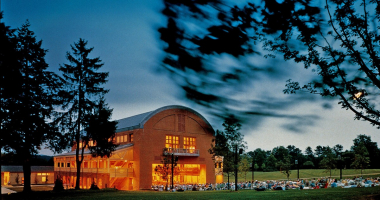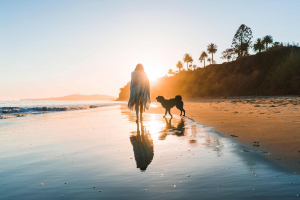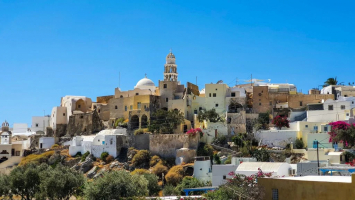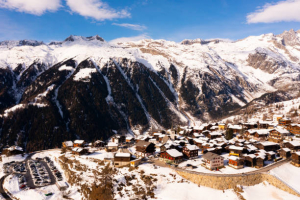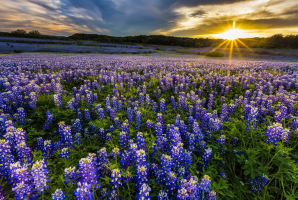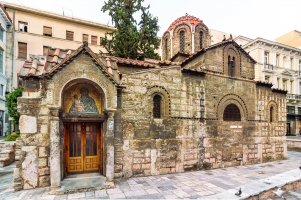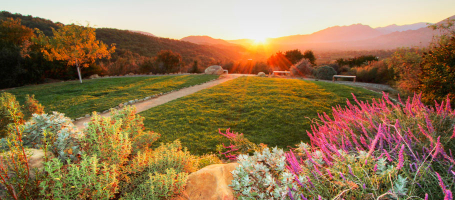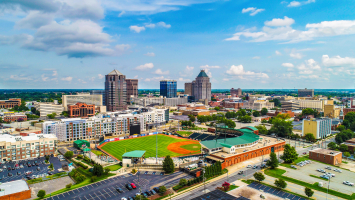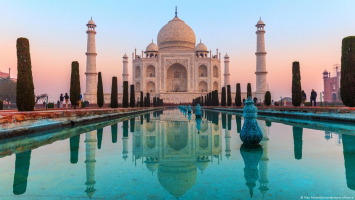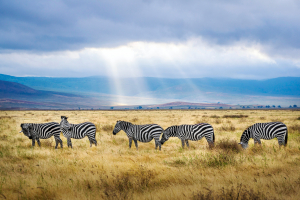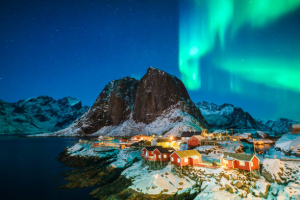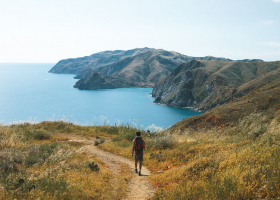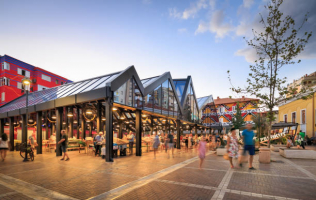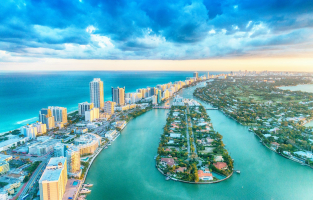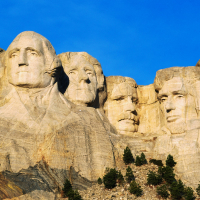Top 12 Best Things to Do in Mexico
When organizing your must-sees and must-dos in a nation as large as Mexico, it's easy to get lost. Mexico boasts spectacular scenery ranging from the ... read more...rainforest to the deserts, icy peaks to white sandy beaches. Perhaps you'd want to visit old ruins and learn about a different culture. Or would excellent cuisine and inexpensive beverages be high on your desire list? Then Mexico is the place to be! On the beach, say hello to tacos, tequila, and fresh coconuts. Let's discover the best things to do in Mexico.
-
You will be humbled by pyramids. When you look up at Teotihuacán's Pyramid of the Sun, it's easy to feel small. It is the world's third biggest ancient pyramid, and its pinnacle brings ancient priests closer to the skies. It's no surprise that the Teotihuacán pyramids were chosen as temples for human sacrifices to the gods. The Aztecs did the same in the spectacular Templo Mayor at Tenochtitlan, modern-day Mexico City, at the center of their empire.
Other pre-Hispanic cultures, like as the ancient Mayans, built pyramids to serve as public gathering places. They buried their strong leaders within Chichén Itzá and Palenque and utilized the enormous constructions, which protruded above the forest canopy, to navigate their territory. Similarly, a Mayan pyramid sits above blue seas at Tulum and was utilized as a lighthouse. However, there is an even larger pyramid in Mexico, the world's biggest by volume. The Pirámide Tepanapa is larger than Egypt's Great Pyramid. Outside, it seems to be a grassy hill, which tricked the Spanish conquistadors and saved it from destruction. It takes around 15 minutes to stroll through the cold tunnels that span through the Pyramid of Cholula, and each tight curve makes you feel microscopic.
The ancient Teotihuacanos completed their pyramid using lime plaster obtained from nearby places, on which brightly colorful murals were painted. The pyramid has stood the test of time, but the paint and plaster have not and are no longer visible. Among the few images linked with the pyramids are jaguar heads and paws, stars, and snake rattles. It is believed that the pyramid was used to worship a god in Teotihuacan civilization. However, there is little evidence to support this notion. Prior to the archaeological examination of the site, the temple on top of the pyramid was destroyed by both purposeful and natural factors, preventing the pyramid from being associated with any single god.
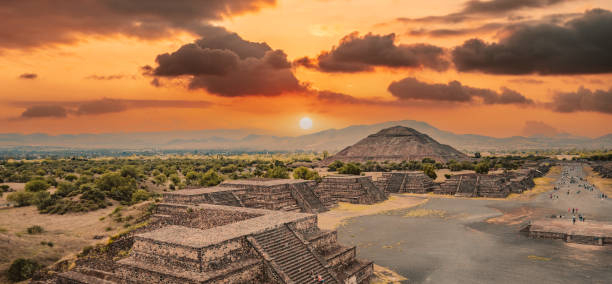
istockphoto 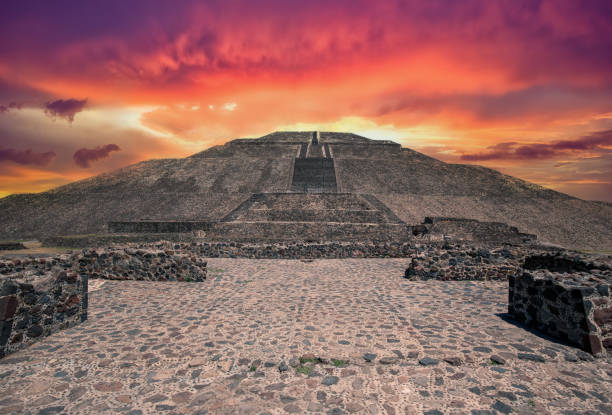
istockphoto -
Music has always had a beat that makes people want to dance. It pulses through the heart and down to the legs, nearly forcing the listener to get up and dance. The characteristic buoyant and colorful Mexican dancers, with their flouncy skirts and embroidered mariachi hats, all appear to be celebrating life in their own way. Music varies from area to region in Mexico, based on history and environment. With such a vast nation and a rich history, it's no surprise that the music varies greatly. Books have been published about the music you may hear there, from ranchera to polkas to mariachi. The oldest recorded music, on the other hand, is known as "son".
Mariachi bands have a tune for every occasion and life stage. More trumpet, please. Sombre, with additional violins and a sincere bolero style. Mexicans employ singing groups for special occasions such as birthdays, weddings, and funerals. They are more than just a tourist attraction; they are a chance to connect with Mexico's music. They may be seen in prominent plazas from Mérida to Cuernavaca. Mexico City's Plaza Garibaldi, which has been bringing together restaurants and music since 1925, is a favored choice. Get serenaded in Guadalajara, the world's largest mariachi festival, which takes place each September during the Encuentro Internacional del Mariachi y la Charreria.
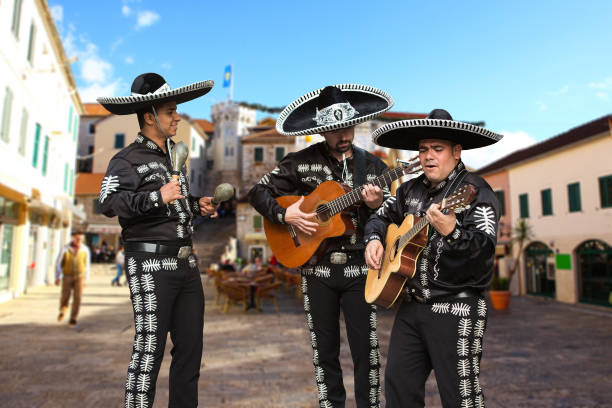
istockphoto 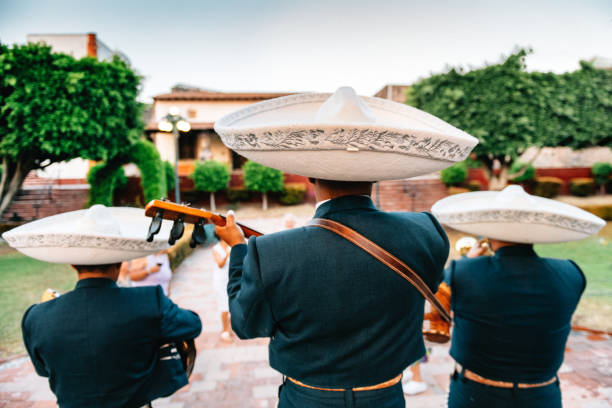
istockphoto -
Oaxaca attracts people from all over the world due to its more than 310 miles of Pacific Coast beaches, archeological remains, colonial architecture, mountains, valleys, and warm temperature. While Oaxaca officially includes 16 indigenous tribes, each group has hundreds of subgroups, each with its own language and social traditions. Oaxaca, like the neighboring states of Guerrero and Chiapas, has a strikingly wide collection of indigenous cultures with centuries-old origins. The city of Oaxaca derives its name from the Aztec village of Huaxyácac. In 1529, the Spanish carved up a new town around the Zócalo, which rapidly became the most important location in southern Mexico.
The Jardn Etnobotánico exudes history. Cochineal from the prickly pear cactus may turn your hands a brilliant crimson color. At its peak, smooshed-bug blood was used to colour clothing for Europe's aristocracy, making Spaniards wealthier than the French. The garden's storyteller guides describe how indigenous people used plants for clothing, housing, food, ceremonies, and medicine. A interesting narrative depicts Mayan mythology, which considered the ceiba tree as the cosmos itself, with its roots in the underworld and the strange thorns on the trunk signifying the people.
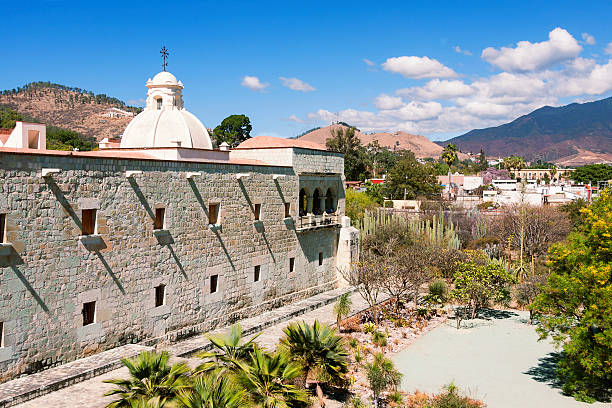
istockphoto 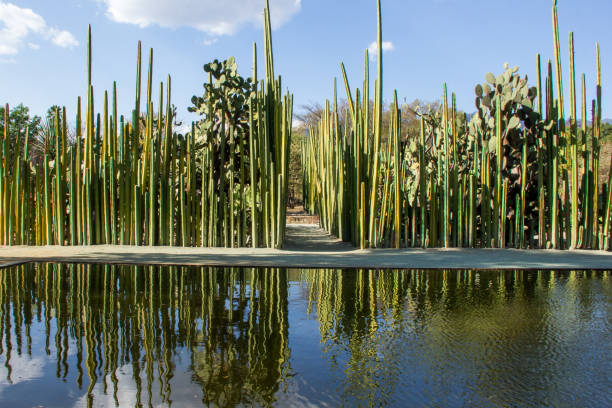
istockphoto -
In Mexico, there are several routes to select from, ranging from large highways to little gravel roads. Everything within a hundred kilometers of Mexico City is congested, including tiny roads, but once outside of Mexico City, it is typically peaceful and nice to ride. Bike lanes abound in Mexico City's most attractive areas, including Condesa, Roma, and the artistic Coyoacán. Tree archways lead you along streets adorned with nicely tiled dwellings and boutique shops. Parks are bustling with young families or teens rehearsing dance routines, while the well-dressed laze around the perimeter at cafés.
With its long, flat roads and many cenotes (subterranean caves for swimming), Mayan temples, and unique culture, the tropical Yucatan may seem a tad monotonous for cycling. Chiapas and Tuxtla are arid and unremarkable, although there are a few natural occurrences that make it lovely. The Canyon del Sumidero, as well as the waterfalls El Chiflon and Aguacero, are particularly lovely. Every Sunday, the country's capital's main thoroughfares become car-free zones. Cyclists enjoy leisure rides, which you may join at any time with a free or low-cost bike rental.
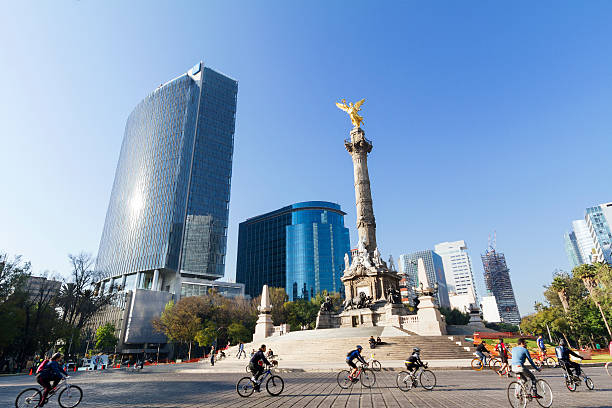
istockphoto 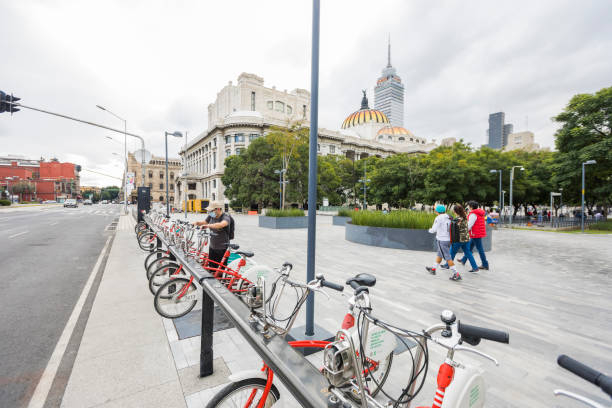
istockphoto -
Mexico City has a lively dance culture that incorporates indigenous traditions as well as traditional Latin American and Caribbean dances. Mexicans are musical people, and even attempting to dance is part of the Mexico experience. Every Saturday, couples dressed in hats and heels or casual clothing flock to Mexico City's outdoor Plaza Ciudadela to dance, mingle, and learn to salsa and do the danzón. It is accessible to the public, but if you need some bravery, there are clubs throughout town where you can learn to dance for the price of a tequila shot. PataNegra Condesa is modest and intimate, which the social dancers prefer, but Mama Rumba puts on a show with its live large band.
Every Saturday, La Ciudadela square transforms into a dancing hall open to various rhythms and levels. There is no school and no teacher, but you learn to dance. How? That's where genuine dancers congregate, so you'll be able to learn from people who are highly passionate about moving their bodies in their spare time. Salón de Bailes Los ngeles is half school, part folklore, and where luminaries from Mexico's Golden Age of cinema, such as Cantinflas and Mara Félix, went to boogie.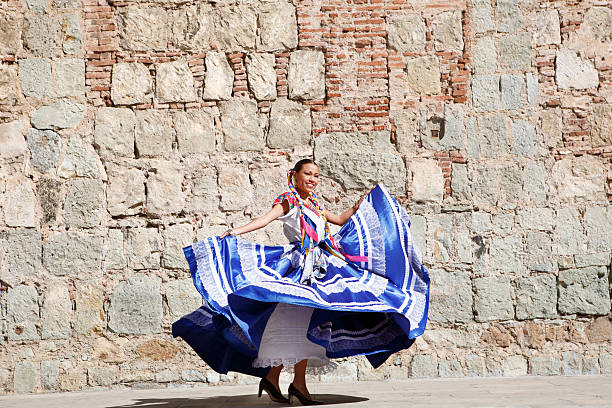
istockphoto 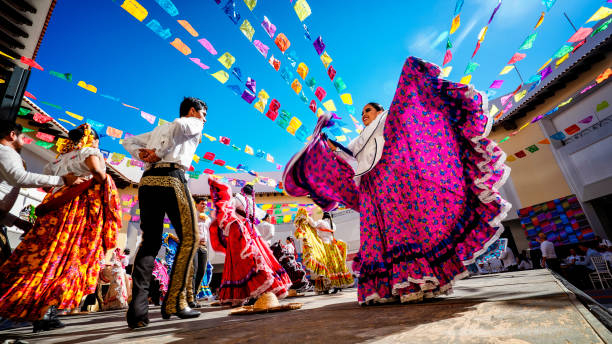
istockphoto -
A cenote is a natural pit or sinkhole formed by the collapse of limestone bedrock, exposing groundwater. The name is especially connected with Mexico's Yucatán Peninsula, where the Maya utilized cenotes for water supplies and, on occasion, sacrificial sacrifices. The phrase is derived from the lowland Yucatec Maya word tsonot, which refers to any place having accessible groundwater.
The Mayans saw cenotes as a way to communicate with the gods, therefore they erected communities around them. Natural limestone swimming holes are wonderful hidden pools to cool down in the bush for visitors nowadays. Cenotes are formed when porous limestone bedrock collapses, generating pools that are filtered to crystal purity. Underwater photographers, cavers, and snorkelers like the clear cenotes, as do swimmers looking for a tranquil swim protected by the magnificent forest canopy. In contrast to saltwater, the turquoise water in cenotes is pure and mineral rich. Floating in these quiet waters seems like stepping back in time. Look up at the vine columns and the beams of sunshine that pass through. Hummingbirds zigzag by, and it appears that little has changed since the Maya arrived.
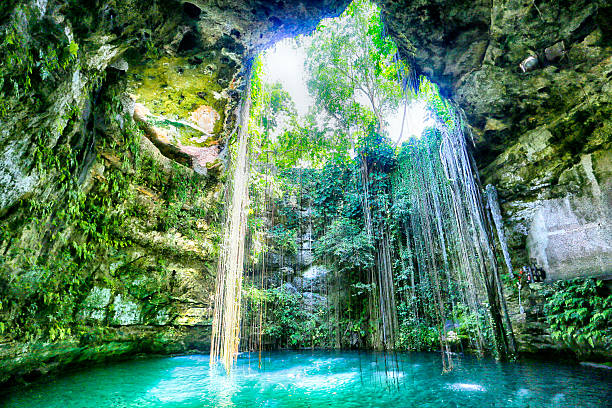
istockphoto 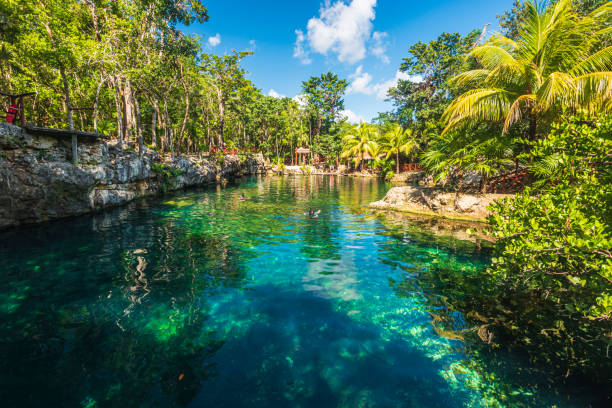
istockphoto -
Do you want to know where the greatest tacos can be found? It's not in a restaurant with white tablecloths. It's on the street. Feeling the red-hot embers on the pyramid of chargrilling meat makes tacos al pastor at restaurants like El Vilsito taste even better. It may be the sizzling hot plate that lends the right bite to handcrafted quesadillas packed with zucchini blossoms or nopales (cactus). Or the containers of self-serve salsas that make sopes (sprinkled with white panela cheese and lettuce) and tlacoyos (diamond-shaped blue-corn bundles of beans and pork) far feistier (and tasty) than you anticipated. The freshly cut limes and unexpected discussions really add zing to eating Mexican street cuisine.
Street tacos are the smaller relative of the hard-shelled taco and are a culinary staple in the United States. Though the hard-shelled taco is popular, street-style tacos provide greater diversity. Taco trucks and stalls around North America provide these soft corn tortillas. They are frequently garnished with cilantro, onions, and lime and can be stuffed with pork, beef, shrimp, or fish (often with an extra tortilla underneath for less mess). Oaxaca, Mexico's gastronomy capital, packs some of the greatest street cuisine into market stalls at Mercado 20 de Noviembre.
Stop at a booth and watch to identify the freshest and finest street food: the best have a hissing comal (hot plate) where even the smoke smells enticing. Homemade sauces brimming with flavor will be on exhibit. Customers who haven't completed their first taco will gladly request another. All of this is on show in Mexico City at Los Cucuyos and the vegan Por Siempre Vegana Taquera.
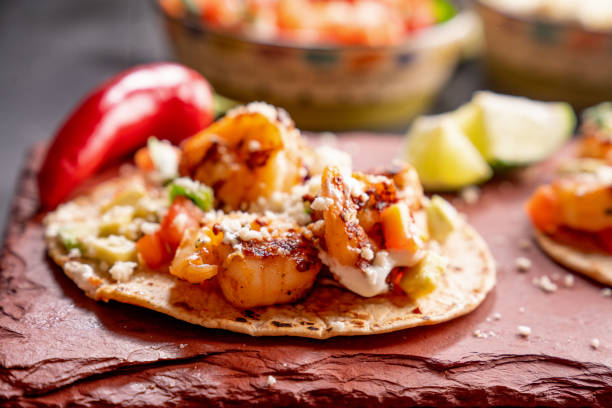
istockphoto 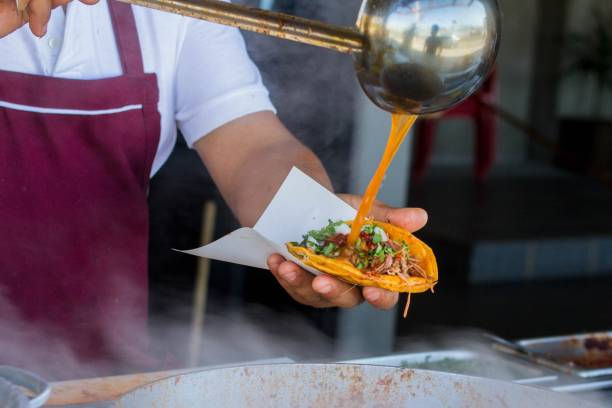
istockphoto -
Xochimilco, south of Mexico City, is the sole pre-Hispanic watercourse that has survived. Colorful wooden trajinera boats cruise across the canals, through chinampas (floating gardens). Fruit, vegetables, and flowers grow on top of reed garden beds. Tenochtitlan, the magnificent Aztec capital, controlled from an island among linked lakes around 500 years ago. The Aztecs maintained a delicate balance of brackish and fresh water. Imagine Xochimilco in Aztec times, with gardeners tending to plot of green bean-vines, hairy purple amaranth, and plump chilis and tomatoes to feed the city, as it still does today, as you float by.
Xochimilco, designated as a UNESCO World Heritage Site and of exceptional universal importance, is the only surviving trace of traditional ground occupancy in the lagoons of the Mexico City basin prior to the Spanish invasion. Visitors may now tour the canals while floating on a colorful boat called a trajinera and learn about the Aztecs' innovative strategy for cultivating food on the fertile riverbeds of the pre-Hispanic rivers - the chinampas are still used today, but for growing flowers rather than food crops.
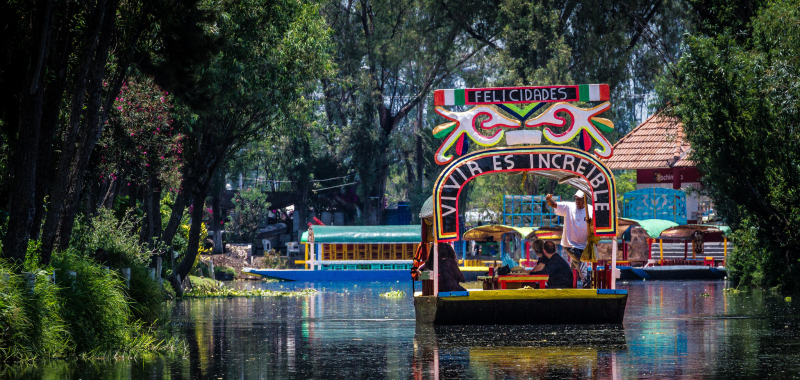
istockphoto 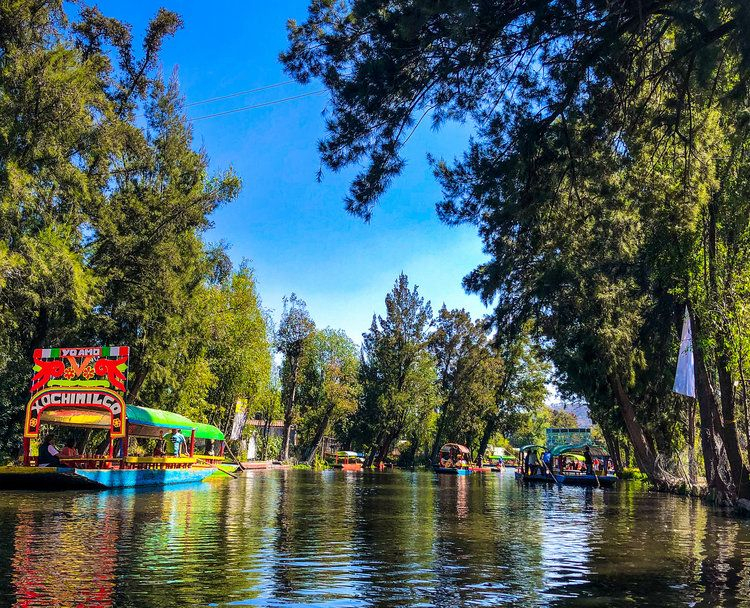
istockphoto -
Artisanal mezcal is made using artisanal and traditional processes. Mezcal producers start the process by growing wild agaves for 7 to 10 years before harvesting. The process then moves on to cooking, grinding, fermentation, and distillation. This may appear easy on the surface, but all phases of the artisanal mezcal manufacturing process must be pre-Hispanic and colonial in order to produce an exceptional drink. Mezcal is a smoky, rich elixir that dreamers, artists, and the bereaved drink in warm-lit taverns. Mezcal, the elder sister of tequila, is distilled from the same agave plant but is hand-roasted beneath volcanic rocks. Visitors to Oaxacan villages used to bring back flasks of the strong stuff from mom-and-pop farms for a long time.
Now, mezcal has reached new heights in cities, with small artisanal distillers adored in mezcalara bars such as Mexico City's secret Bósforo and Mano Santa, which offers a sample flight of beverages. The Museo del Tequila y el Mezcal in Mexico City is a great place to learn about agave beverages. Much mezcal is produced in tiny amounts and is only accessible in Mexico. Los Danzantes, an expensive and remarkable artisanal maker, has a wider reach. Oaxaca is the mezcal capital of the world.
A ideal mezcal day begins with a guided distillery tour, which takes you through the process of slow cooking the agave pias (hearts) in a volcanic-rock pit as the aroma of roasting fills the air. Continue your journey at one of the many tasting rooms. Cuish serves cocktails that are as beautiful as they are delicious. Later, refine your mezcal expertise at a warmly lit bar, such as the well-stocked In Situ, and learn your Tobalá from your Espadn. Serve with a slice of orange sprinkled with sal de gusano (agave worm salt with mild chile) on the side.
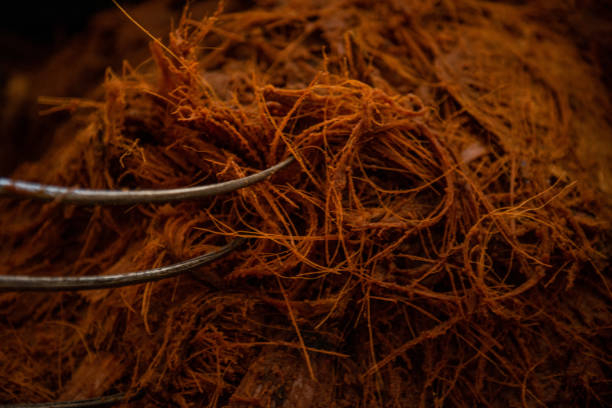
istockphoto 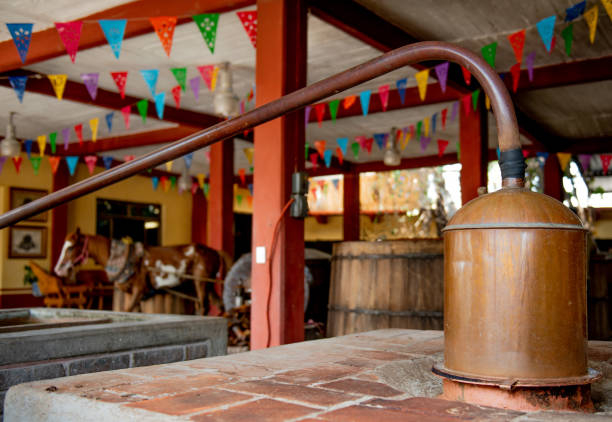
istockphoto -
A temazcal is a Mayan-Zapotec ceremony that harnesses 3000 years of indigenous cultural knowledge as healing. A shaman leads you through a ritual within a dome as you sit in a circle, providing you with a life-changing experience. The shaman tosses a herbal concoction sizzling on the pit of hot rocks in the center of the semi-darkness. The shaman and other participants begin the discourse by praising the ground and acknowledging our connection to animal settlements and nature. The guide occasionally speaks in the indigenous Nahuatl language.
This is not a sentimental session. Warriors went through this practice before combat to fortify themselves. After 90 minutes of strengthening resilience and expelling toxins, both physical and mental, you emerge and cleanse yourself in cool pools. Follow spirituality seekers to Tepotzlán for a true temazcal experience (not just a sauna) or get the whole picture on the Zapotec culture in Oaxaca. Thought to have derived from the Pre-Hispanic indigenous people of Mesoamerica, the cleansing ritual took place before and after battles and sports tournaments. It was also thought to have healing powers and was a place to give birth.
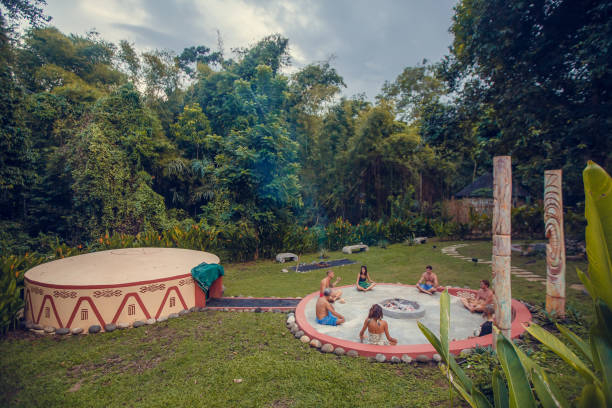
istockphoto 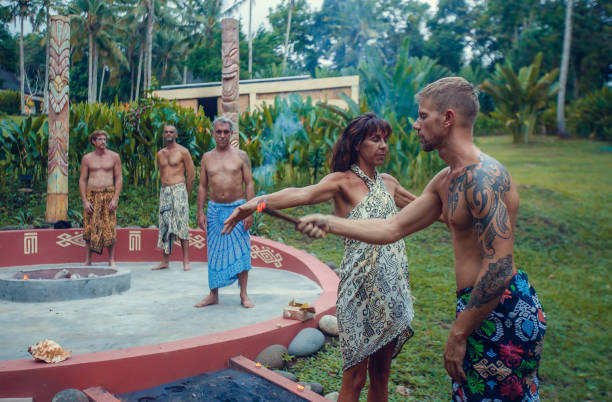
istockphoto -
Paint bottles sparkle in their tray next to an easel. It appears as though the artist has just walked out. Clay fertility figures, papier-mâché skeletons, and hanging cherubs are among the artesanas (handicrafts) from around Mexico that line the chambers. Magdalena Carmen Frida Kahlo y Calderón was a Mexican painter best known for her self-portraits and works inspired by Mexican landscape and antiques. She used a naive folk-art style inspired by Mexican popular culture to investigate problems of identity, postcolonialism, gender, class, and race in Mexican society.
The Blue House is where Frida was born, lived, and died, with everything exactly as she left it. The silver jewelry, short bed, crutches, wheelchair, and prosthetic limb of the artist are all present. Frida lived with a handicap her whole life and channeled her physical and mental agony into her art, which emphasized pre-Hispanic art and customs.
Frida famously used traditional Oaxacan skirts and shawls to invoke the female strength of her mother's local ladies. There are several additional spots in Mexico City where you may trace Frida's life. To be here, in her volcanic stone house and courtyard, is to experience her love for Mexico and its people. It's a fascinating look at her life and work.
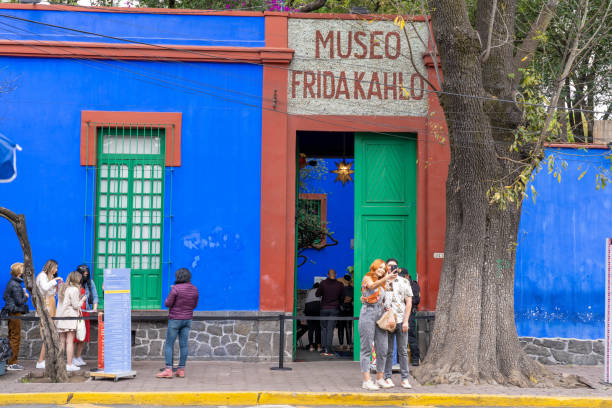
istockphoto 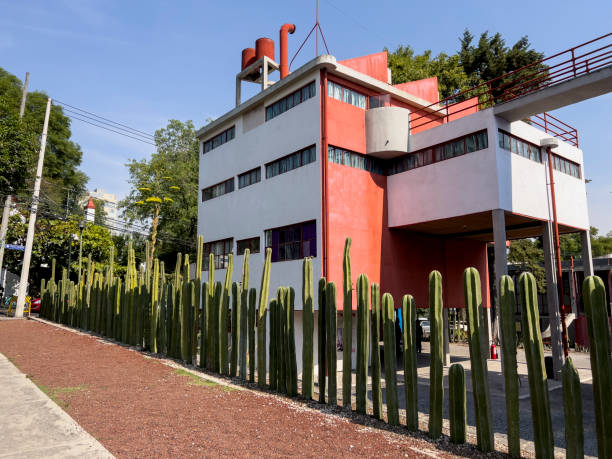
istockphoto -
Mexico City boasts more museums than New York or Paris combined. So, some are improvised and obscure - torture museum anyone? However, museums in Mexico cover the entirety of Mexican history, from indigenous handicrafts through revolution, human rights, and tequila. The main attraction is the Museo Nacional de Antropologa, one of the greatest in the world, with a spectacular large water feature at the heart of its Mayan-inspired Plaza.
The "big three" muralists are Mexico's greatest male artists. Murals by Diego Rivera, José Clemente Orozco, and David Siqueiros decorate numerous public buildings and were designed to be viewed by the typical Mexican worker. All three adorn the patio walls of the Antiguo Colegio de San Ildefonso as well as the interior of the magnificent Palacio de Bellas Artes, most notably Diego Rivera's gigantic El hombre en el cruce de caminos (Man at the Crossroads). Other museums cater to specific preferences, such as the Museo del Calzado shoe museum, which shows Mexican football legends' sneakers as well as reproductions of Neil Armstrong's lunar boot.
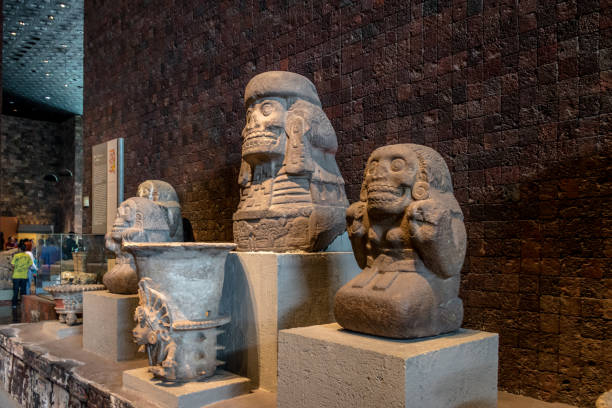
istockphoto 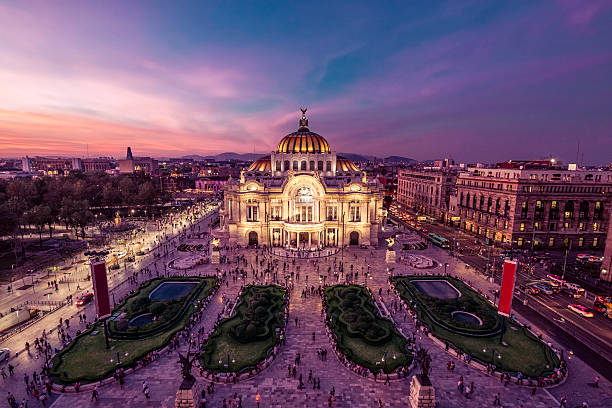
istockphoto














